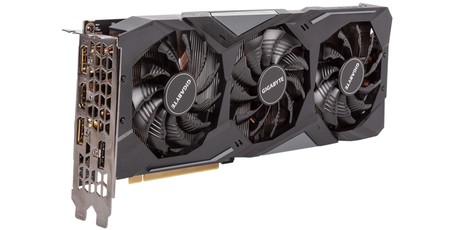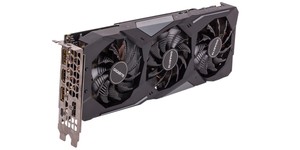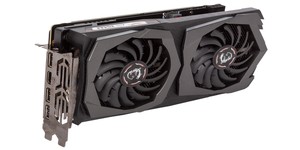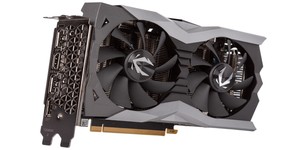Power Consumption (Idle and Gaming)
In order to get an idea of a GPU's power draw when gaming, we record peak power consumption during a 15-minute run of Battlefield 1 at 3,840 x 2,160 using Ultra settings. We use a watt meter to measure the three instances of peak system power draw (every five minutes), and we also take an idle reading at the Windows desktop (3,840 x 2,160).
UPDATE 15/03/2019: Please note that the power and temperature data originally displayed on this page was inaccurate for the GTX 1060, but it is now correct. We have also removed entries for the GTX 1070, GTX 1070 Ti, RTX 2060 Founders Edition, Palit RTX 2070 Dual, and Sapphire RX 580 in the power and temperature graphs due again to inaccurate data. No other data in the review was affected, and neither was the outcome of the review. We sincerely apologise for this error; please see the article comments for further information.
Thermal Performance (Idle and Gaming)
Thermal output is measured using the same Battlefield 1 stress test as above. The GPU is installed in a closed but fairly well ventilated case (Corsair Carbide Series Air 740). We leave all GPU fan profiles and settings as they come and leave the game running for 15 minutes so that temperatures plateau. We record the peak GPU temperature using GPU-Z or equivalent and present the data as the delta T (the difference between the GPU temperature and the ambient temperature in our labs). We also take an idle reading at the Windows desktop (3,840 x 2,160).
UPDATE 15/03/2019: Please note that the power and temperature data originally displayed on this page was inaccurate for the GTX 1060, but it is now correct. We have also removed entries for the GTX 1070, GTX 1070 Ti, RTX 2060 Founders Edition, Palit RTX 2070 Dual, and Sapphire RX 580 in the power and temperature graphs due again to inaccurate data. No other data in the review was affected, and neither was the outcome of the review. We sincerely apologise for this error; please see the article comments for further information.

MSI MPG Velox 100R Chassis Review
October 14 2021 | 15:04









Want to comment? Please log in.